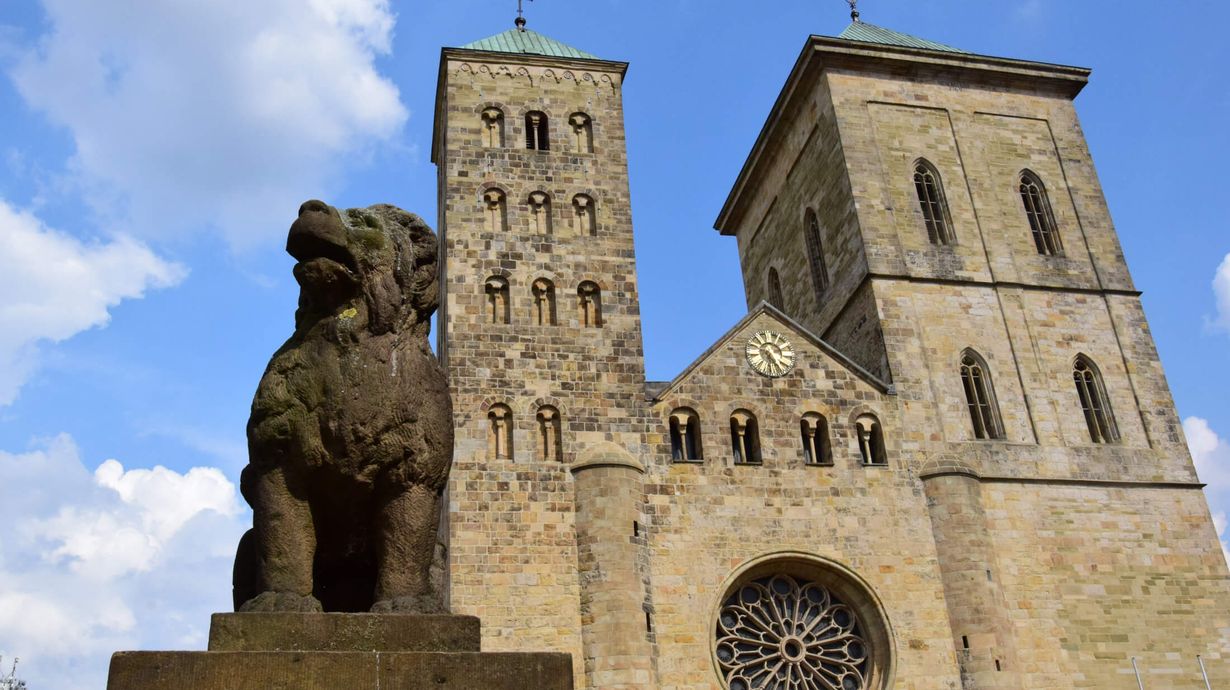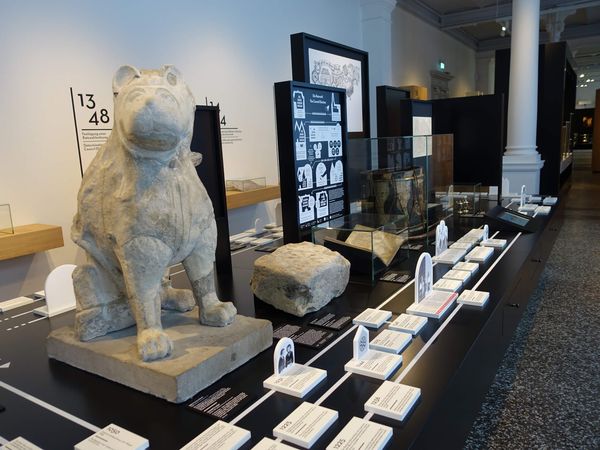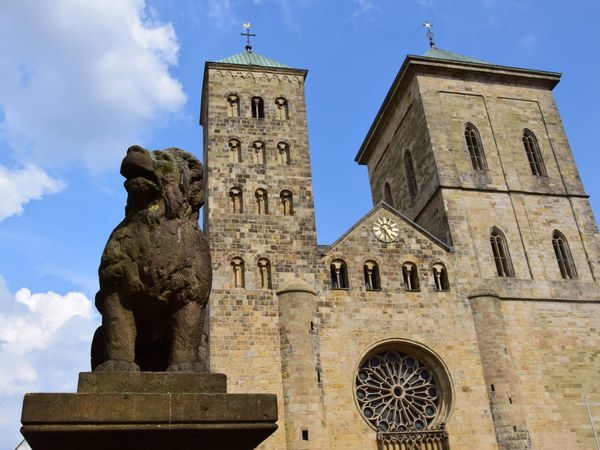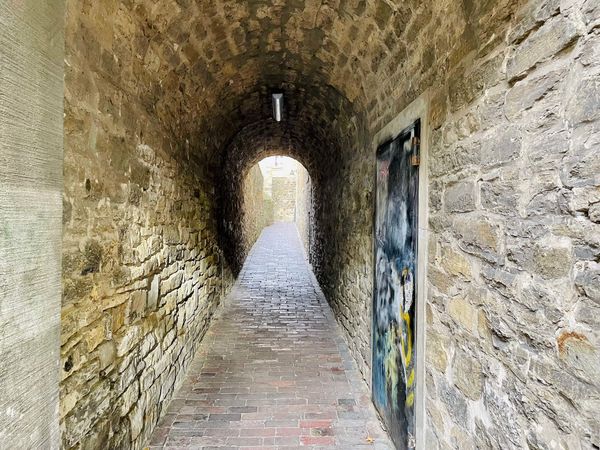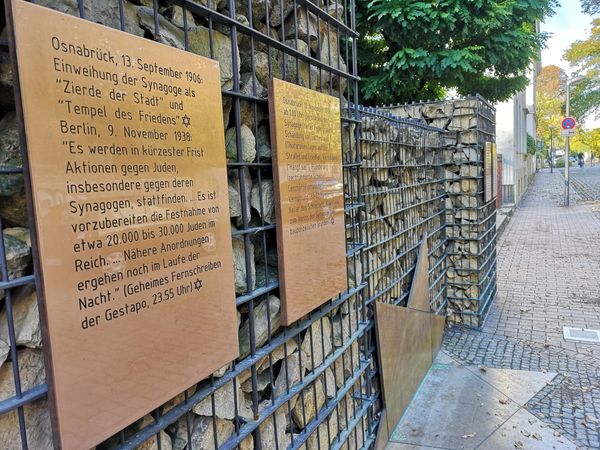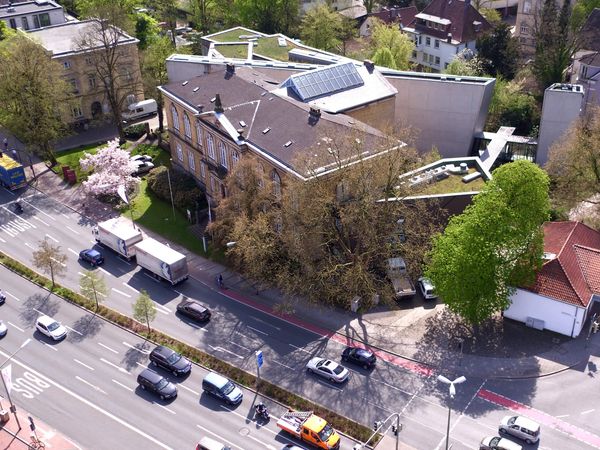Blindgängerentschärfung am morgigen Dienstag, 1. Juli
30.06.25,
20:02 – Am Dienstag, 1. Juli, werden wir Sie ab etwa 15 Uhr an dieser Stelle informieren.
Weltkriegsbombe
30.06.25,
19:54 – Sehr geehrte Bürgerinnen und Bürger,
wir müssen Sie über eine geplante Entschärfung einer Weltkriegsbombe in Ihrer Umgebung informieren. Die Entschärfung ist notwendig, um eine potenzielle Gefahr für Ihre Sicherheit zu beseitigen.
Ort und Zeitpunkt der Entschärfung: Osnabrück Lokviertel, MORGEN 01.07.2025
Sicherheitsmaßnahmen:
1. Evakuierung: Es wird eine Evakuierung der betroffenen Gebiete stattfinden. Bitte verlassen Sie am 01.7.25 bis 15 Uhr den Evakuierungsbereich.
2. Betreten des Sperrgebietes vermeiden: Meiden Sie unbedingt das Sperrgebiet um die Entschärfungsstelle, um Ihre Sicherheit zu gewährleisten.
3. Hören Sie auf Anweisungen: Folgen Sie den Anweisungen der örtlichen Behörden und der Einsatzkräfte vor Ort.
4. Ein Evakuierungszentrum ist am Gymnasium Wüste ab 14 Uhr als Anlaufstelle für Sie eingerichtet
Die geplante Entschärfung ist notwendig, um eine potenzielle Gefahr zu beseitigen. Wir danken Ihnen im Voraus für Ihre Kooperation.
wir müssen Sie über eine geplante Entschärfung einer Weltkriegsbombe in Ihrer Umgebung informieren. Die Entschärfung ist notwendig, um eine potenzielle Gefahr für Ihre Sicherheit zu beseitigen.
Ort und Zeitpunkt der Entschärfung: Osnabrück Lokviertel, MORGEN 01.07.2025
Sicherheitsmaßnahmen:
1. Evakuierung: Es wird eine Evakuierung der betroffenen Gebiete stattfinden. Bitte verlassen Sie am 01.7.25 bis 15 Uhr den Evakuierungsbereich.
2. Betreten des Sperrgebietes vermeiden: Meiden Sie unbedingt das Sperrgebiet um die Entschärfungsstelle, um Ihre Sicherheit zu gewährleisten.
3. Hören Sie auf Anweisungen: Folgen Sie den Anweisungen der örtlichen Behörden und der Einsatzkräfte vor Ort.
4. Ein Evakuierungszentrum ist am Gymnasium Wüste ab 14 Uhr als Anlaufstelle für Sie eingerichtet
Die geplante Entschärfung ist notwendig, um eine potenzielle Gefahr zu beseitigen. Wir danken Ihnen im Voraus für Ihre Kooperation.






